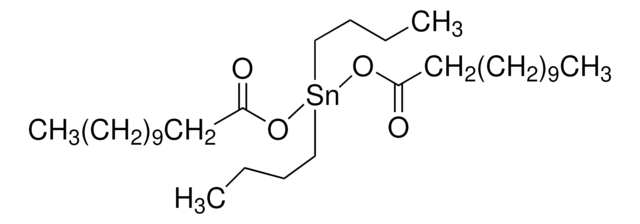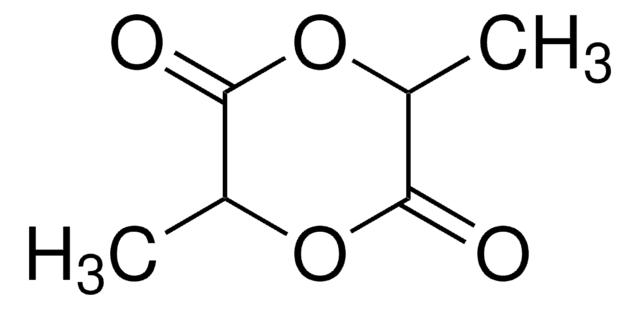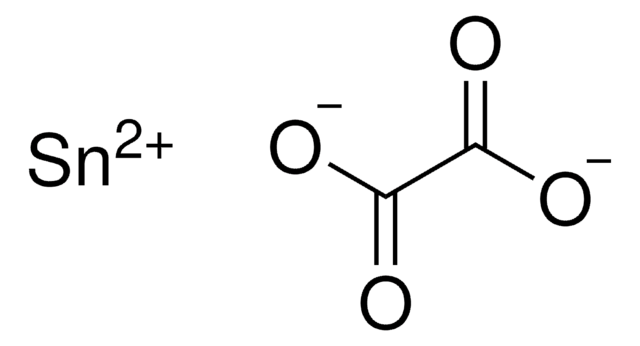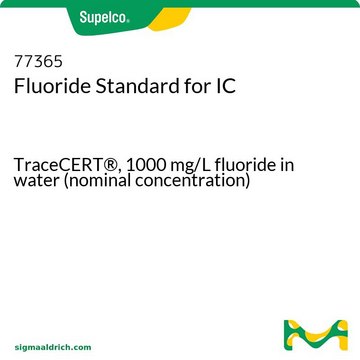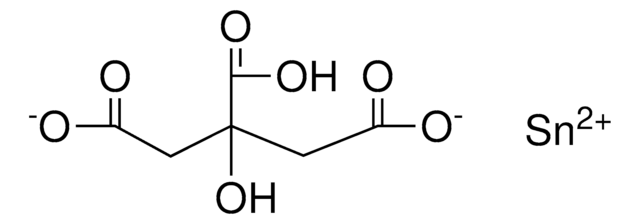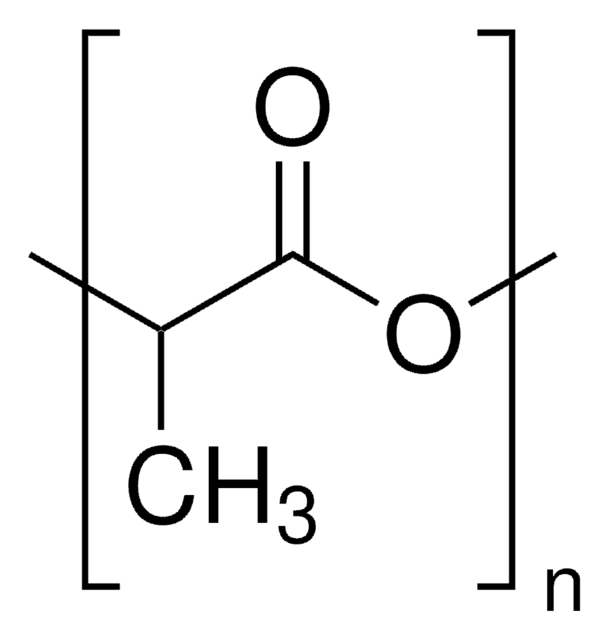S3252
Tin(II) 2-ethylhexanoate
92.5-100.0%
Sinónimos:
2-Ethylhexanoic acid tin(II) salt, Stannous 2-ethylhexanoate, Stannous octoate
About This Item
Productos recomendados
assay
92.5-100.0%
reaction suitability
core: tin
reagent type: catalyst
reaction type: Ring-Opening Polymerization
refractive index
n20/D 1.493 (lit.)
density
1.251 g/mL at 25 °C (lit.)
cation traces
Na: ≤0.5%
SMILES string
CCCCC(CC)C(=O)O[SnH2]OC(=O)C(CC)CCCC
InChI
1S/2C8H16O2.Sn/c2*1-3-5-6-7(4-2)8(9)10;/h2*7H,3-6H2,1-2H3,(H,9,10);/q;;+2/p-2
InChI key
KSBAEPSJVUENNK-UHFFFAOYSA-L
¿Está buscando productos similares? Visita Guía de comparación de productos
Application
signalword
Danger
hcodes
Hazard Classifications
Aquatic Chronic 3 - Eye Dam. 1 - Repr. 1B - Skin Sens. 1
Storage Class
6.1C - Combustible acute toxic Cat.3 / toxic compounds or compounds which causing chronic effects
wgk_germany
WGK 2
flash_point_f
278.6 °F - closed cup
flash_point_c
137 °C - closed cup
ppe
Eyeshields, Gloves, type ABEK (EN14387) respirator filter
Certificados de análisis (COA)
Busque Certificados de análisis (COA) introduciendo el número de lote del producto. Los números de lote se encuentran en la etiqueta del producto después de las palabras «Lot» o «Batch»
¿Ya tiene este producto?
Encuentre la documentación para los productos que ha comprado recientemente en la Biblioteca de documentos.
Los clientes también vieron
Artículos
Atom transfer radical polymerization (ATRP) has emerged as one of the most successful synthetic techniques for the preparation of polymers with predetermined molecular weights, narrow molecular weight distributions, and high degrees of chain end functionalities.
ATRP polymerization, chain transfer agent, living polymerization, functional telechelic polymers
Find how atom transfer radical polymerization (ATRP) tools can be used for the synthesis of well-defined functionalized polymers.
Nuestro equipo de científicos tiene experiencia en todas las áreas de investigación: Ciencias de la vida, Ciencia de los materiales, Síntesis química, Cromatografía, Analítica y muchas otras.
Póngase en contacto con el Servicio técnico